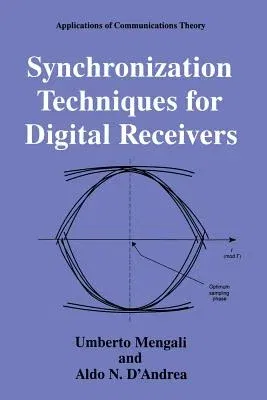Umberto Mengali
(Author)Synchronization Techniques for Digital Receivers (Softcover Reprint of the Original 1st 1997)Paperback - Softcover Reprint of the Original 1st 1997, 19 June 2013

Qty
1
Turbo
Ships in 2 - 3 days
In Stock
Free Delivery
Cash on Delivery
15 Days
Free Returns
Secure Checkout
Part of Series
Applications of Communications Theory
Print Length
520 pages
Language
English
Publisher
Springer
Date Published
19 Jun 2013
ISBN-10
1489918094
ISBN-13
9781489918093
Description
Product Details
Author:
Book Edition:
Softcover Reprint of the Original 1st 1997
Book Format:
Paperback
Country of Origin:
NL
Date Published:
19 June 2013
Dimensions:
22.86 x
15.24 x
2.74 cm
ISBN-10:
1489918094
ISBN-13:
9781489918093
Language:
English
Location:
New York, NY
Pages:
520
Publisher:
Weight:
707.6 gm

